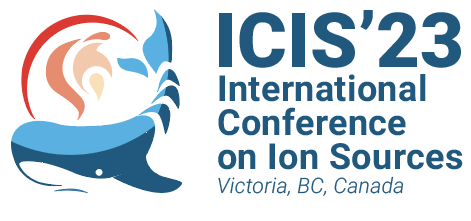Speaker
Description
The work function of plasma electrodes (PE) in negative hydrogen ion sources plays an important role to increase the H-/D- yields, and cesium (Cs) are currently used to control the work function. It has been known that a half monolayer (or less) Cs coverage shows the minimum work function, but it can be decreased more when the surface is immersed in a hydrogen plasma (Wada et al., 1990, and Cristofaro et al., 2017).
Recently, a new material, C12A7 electride has been studied as one of the promising candidate PE materials for Cs-free negative hydrogen ion sources (Sasao et al., 2018), and the work function of this material was affected by positive or negative electrical bias applied with respect to surrounding plasma (Heiler et al., 2021).
In order to clarify the mechanism that changes electride work function due to plasma exposure, series of experiments were carried out using a surface produced negative ion measurement system and a photoelectron yield spectroscopy system installed on the diffusion plasma reactor at PIIM Aix-Marseille University (Cartry, 2017, Cartry, 2023). In the present paper, we report unique phenomena of rapid and dynamic change of the work-function of C12A7 electride, of the time constant of several ten-seconds observed after the plasma turn-off. This phenomenon was investigated for various plasma and surface conditions. By measuring the energy spectra of negative ions emitted perpendicularly from the surface, roles of hydrogen absorbate on work function reduction and hence on the H- production by the backscattering and desorption processes are investigated. The knowledge obtained in the present work are discussed from viewpoints of design and operation of ion sources with plasma electrodes or plasma grids of C12A7 electride.
| Funding Agency | Doshisha University |
|---|---|
| Email Address | msasao@mail.doshisha.ac.jp |
| Presenter if not the submitter of this abstract | MAMIKO SASAO |

